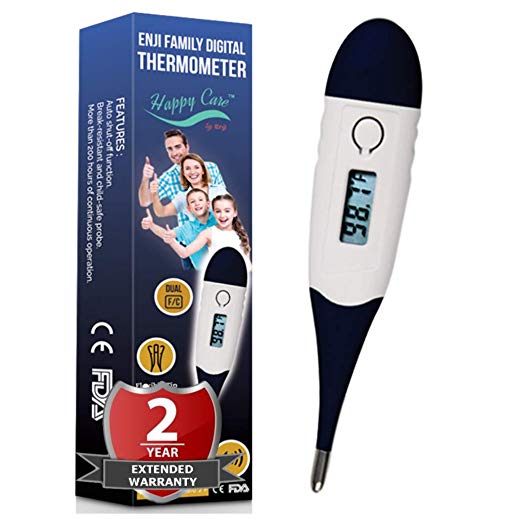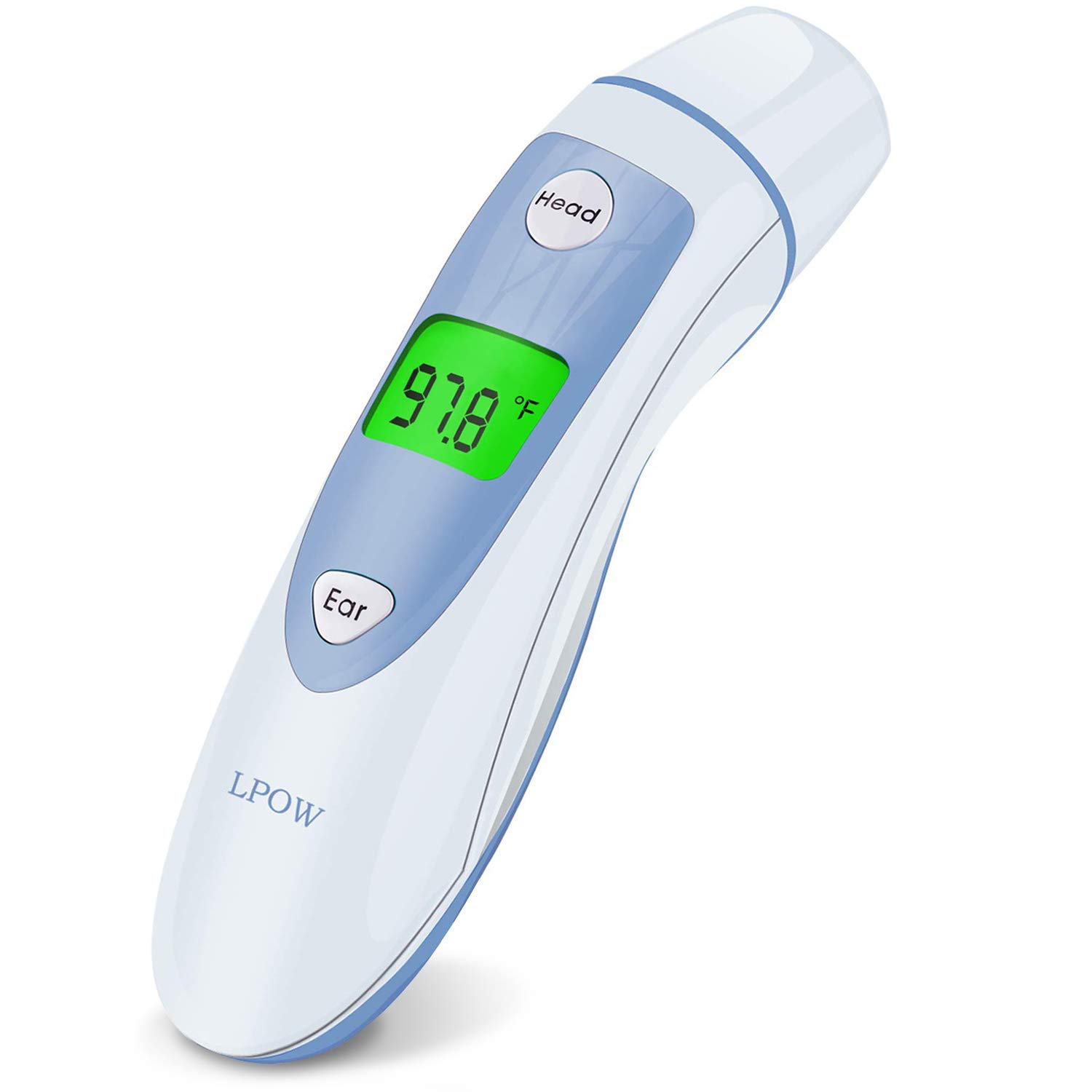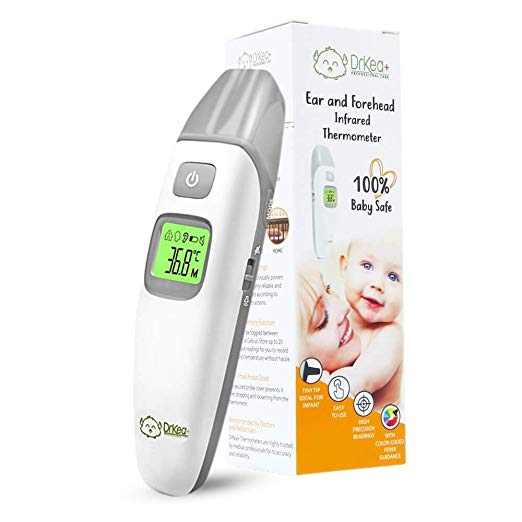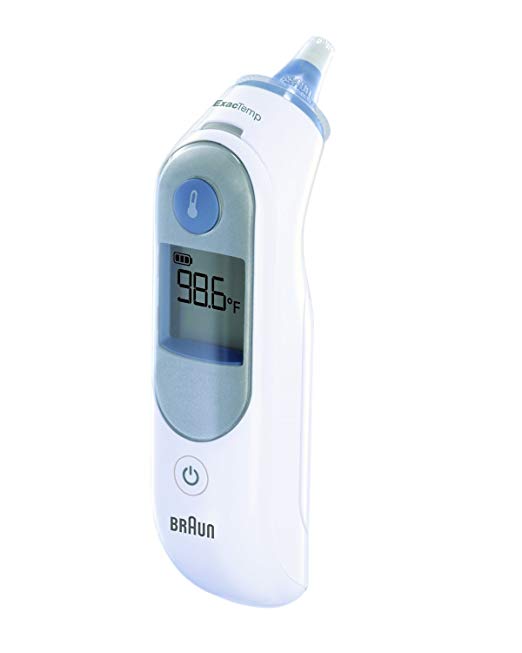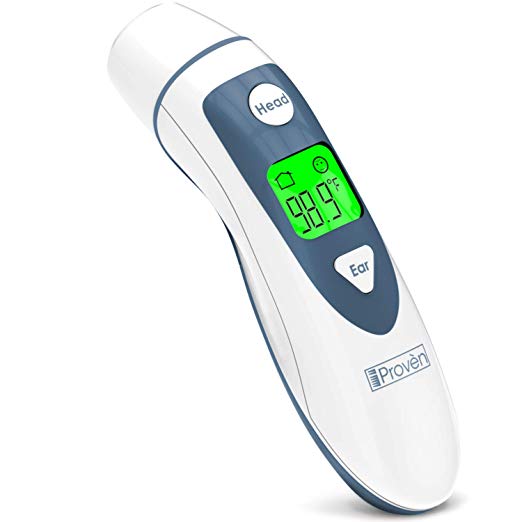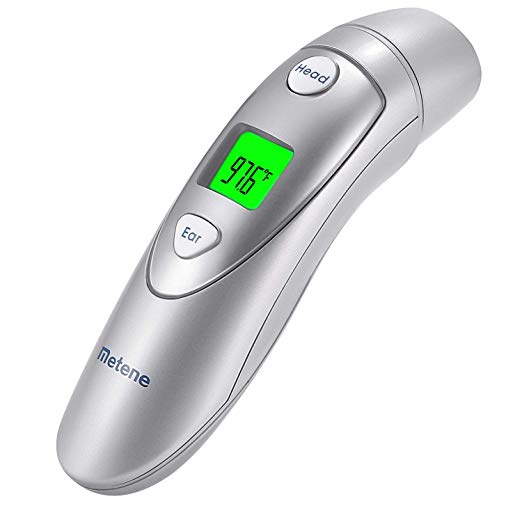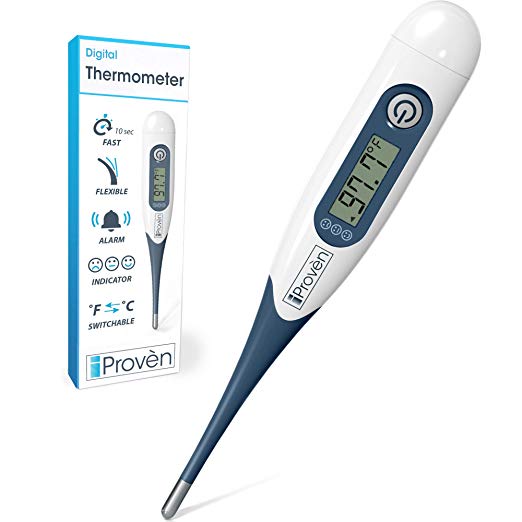Enji Prime Thermometer Underarm Temperature Professional Detecting
Last updated: August 6, 2019
We looked at the top Baby Thermometers and dug through the reviews from some of the most popular review sites. Through this analysis, we've determined the best Baby Thermometer you should buy.
Product Details
In our analysis of 72 expert reviews, the Enji Prime Thermometer Underarm Temperature Professional Detecting placed 6th when we looked at the top 7 products in the category. For the full ranking, see below.From The Manufacturer
As a family owned business, our mission is to provide premium health care products for today’s modern family. We are committed to using premium quality materials in our products, exceptional customer support, and useful health education. We designed our TH-65 Thermometer to help parents and pet owners effectively monitor fevers. With our TH-65 Digital Thermometer, you can feel total peace of mind knowing that you are getting the most accurate temperature readings for your whole family. We supply our Enji TH-65 thermometers to many hospitals, medical clinics, veterinary clinics, sport clubs, and schools because they can rely on the accuracy, durability, and comfort of our TH-65 thermometers. Our smart probe thermometers have soft and flexible tips that make it as comfortable as possible when taking the temperature of your babies, kids, and even your pets. We all experience fevers from time to time, but it’s tricky to know how severe the fever is without having a premium thermometer on hand. And when it comes to babies and infants, fevers can be especially stressful. Having our TH-65 Thermometer in your medicine cabinet makes it easy, fast, and accurate to take their temperature to know when to just give medicine, and when to rush your child to the doctor. For babies under 3 months of age, a temperature of 100.4°F (38°C) or higher can be very dangerous. The most accurate way to get a babies temperature is through a rectal reading. Our medical thermometers make it as soft and comfortable for babies and infants to take their temperature. Please be sure to thoroughly read the included instruction manual to get the best results. And we are always available to answer any questions you may have. Please be aware that we made the beeping noise soft, so that it wouldn’t startled babies and young kids. Also, if the reading on your thermometer says “Lo” it is referring to having a low temperature— NOT a low battery. We want you to feel as prepared as possible to find natural home remedies when common ailments come to you and your family. With your purchase of our TH-65 Digital Thermometer, you will also receive a complimentary “Home Remedies e-Book Guide” to quickly and easily find solutions to help with common colds, fevers, diaper rashs, allergies, migraines, and more.
